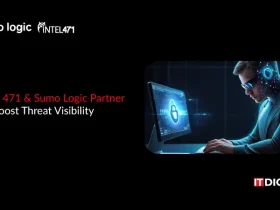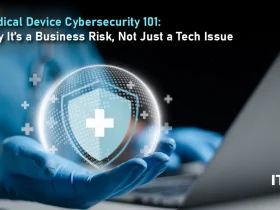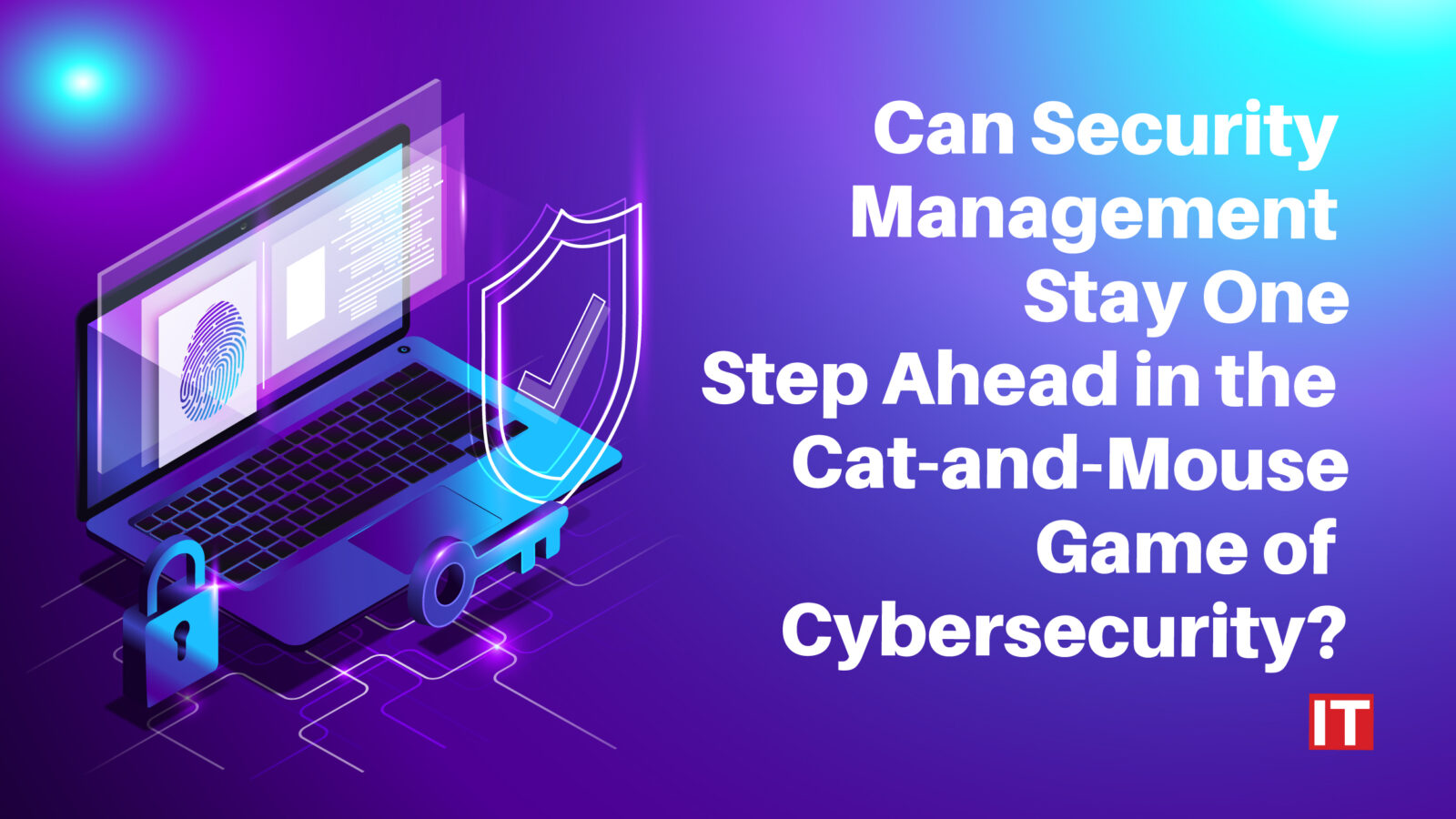In an ever-evolving world where connectivity and innovation thrive, the importance of security, whether personal or professional, remains paramount. As our lives intertwine with technology, the need for effective security management has become increasingly critical. Regardless of the scale, businesses of all sizes require a robust security management system to safeguard their assets, data, and personnel. As we move forward in this blog let’s delve into the realm of security management and its pivotal role in preserving safety amidst a world fraught with risks.
What is Security Management and Its Types?
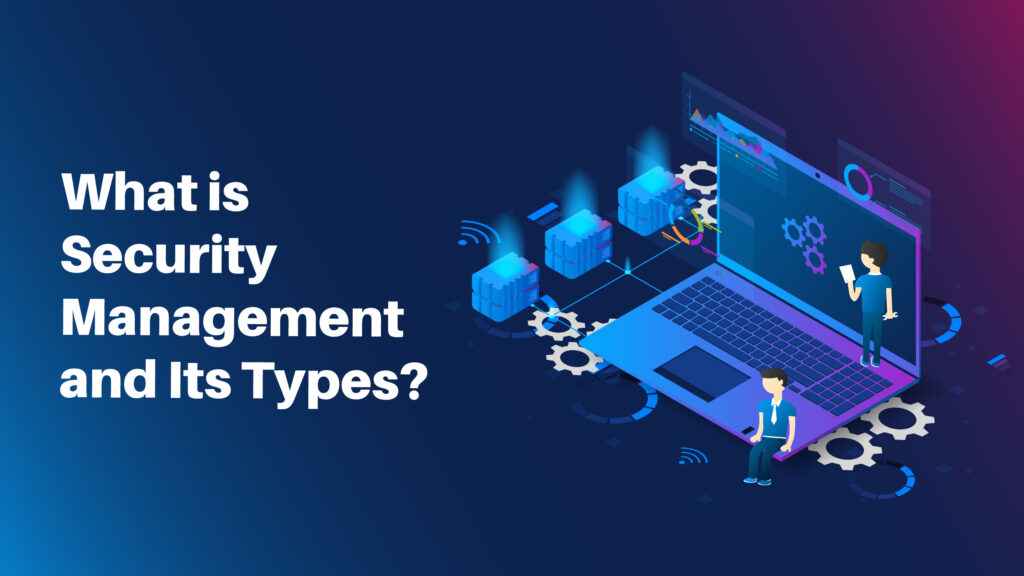 Simply said, security risk identification and mitigation is the process of security management. It entails creating and putting into use guidelines, techniques, and instruments to guarantee people’s security as well as protect resources and information from potential security risks. Physical security, cybersecurity, emergency response preparation, and disaster management are just a few of the numerous subjects covered by security management.
Simply said, security risk identification and mitigation is the process of security management. It entails creating and putting into use guidelines, techniques, and instruments to guarantee people’s security as well as protect resources and information from potential security risks. Physical security, cybersecurity, emergency response preparation, and disaster management are just a few of the numerous subjects covered by security management.
The average cost of a data breach, according to IBM research, is $3.86 million. These statistics clearly show that security management is a crucial concept in this digital era.
There are many different approaches to security management. Information, network, and cyber security management are three often used types of security management techniques.
1. Information Security Management
Implementing security best practices and guidelines, such as those included in the ISO/IEC 27000 family of standards, is part of information security management. Programs for information security management should guarantee the availability, confidentiality, and integrity of data.
In addition to the external norms and laws that some industries have, many organizations have internal policies for controlling access to data. For instance, the Payment Card Industry Data Security Standard (PCI DSS) safeguards payment card data, and the Health Insurance Portability and Accessibility Act (HIPAA) governs healthcare organizations.
Utilizing IT and computer networks is one of the biggest challenges in security management. Through the use of technologies that categorize information, guard against unauthorized access to networked systems, and defend against computer viruses and other dangers, professionals in this field try to ensure the integrity of individual as well as organizational data.
2. Network Security Management
An essential part of a network management approach is network security management. The network serves as both an organization’s initial line of security against cyber threats and the vector by which the majority of cyberattacks enter its systems. The deployment of network monitoring and security systems, the implementation of network segmentation, and access control for the network and the associated devices are all included in network security management.
3. Cybersecurity Management
Cybersecurity management is a more comprehensive strategy for safeguarding a company’s IT assets against online threats. In this type of security management, all components of an organization’s IT infrastructure—including the network, cloud infrastructure, mobile devices, Internet of Things (IoT) devices, as well as applications and APIs—are protected.
Why is Security Management Important?
Security management is crucial because it provides businesses and organizations with a tried-and-true foundation for safeguarding their infrastructure from damage, theft, and disruption—primarily for cybersecurity reasons. Thorough risk analysis and assessment can aid in the prevention of cyberattacks, reduce downtime during and after an attack, and speed up recovery times for businesses, particularly those working with enormous amounts of data, applications, and other workloads across distributed networks and multiple locations.
Additionally, security management defines IT roles and practices through formal documentation, assisting in eradicating role ambiguity, preventing human mistakes or oversight, and ensuring compliance with industry standards and laws. Even introducing new components and infrastructure can be standardized with careful security management.
How Does Security Management Chart a Path to Safety?
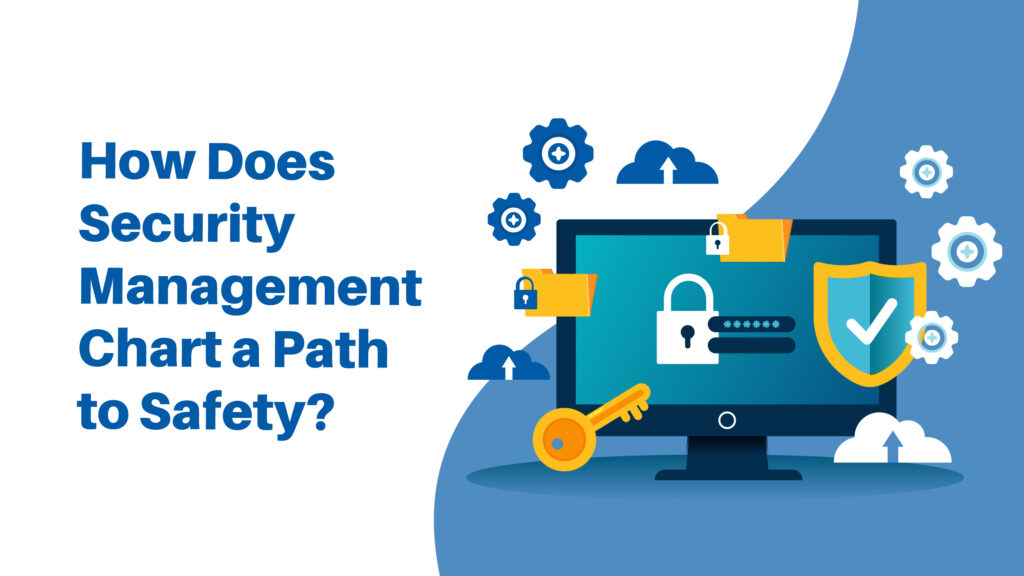 Assessment, awareness, and activation are the three main stages that make up the security management process. Let’s take a look at these key security management processes in detail.
Assessment, awareness, and activation are the three main stages that make up the security management process. Let’s take a look at these key security management processes in detail.
Stage 1: Assessment
Security leaders set up their IT policy structure during this stage. The initial phase entails doing a thorough inventory of all IT assets, including all hardware, software, and devices, and comparing it to the business and regulatory requirements of the organization. It also entails checking the existing IT for any vulnerabilities or gaps and establishing credential policies. Once accomplished, IT leadership can use those conclusions to guide the development of policies and procedures.
Stage 2: Awareness
The following stage after establishing a security management system involves sharing the findings and educating not only the IT team but also every employee within the company. The educational component may cover anything from explaining duties and responsibilities with third-party suppliers to outlining fundamental cybersecurity recommended practices.
Stage 3: Activation
The last phase includes various crucial activities, including routine maintenance, thorough monitoring and response, and strategic enforcement for compliance. Although this phase contains a final set of actions in some ways, it also involves continual adjustments as necessary, whether for adjusting to new business requirements, integrating new technology, or addressing new dangers.
What Awaits When Security Management Takes a Backseat?
Consequences can be costly—and catastrophic—if your IT structure is not fully accounted for or protected. Cyberattackers and other online dangers can compromise your network and digitally harm, steal, or destroy data and resources at will. These compromises can also have an effect on persons outside the organization.
For instance, a hacktivist may interfere with the operations of an oil and gas production, triggering a cascade of events that could result in lost sales, disrupted supply chains, higher gas prices, and, in severe cases, compromised safety features that could result in employee injuries or worse. A reputation for haphazard security practices can also be detrimental to your standing in the community, your standing within the business, and your possibility for future growth.
Internally, security management improves the effectiveness and proactivity of controlling your IT infrastructures. Without it, you run the danger of oversight gaps in security that could result in sluggish threat detection and response times, ambiguous rules and roles, an inability to adjust to changing cybersecurity concerns, and, ultimately, stifled innovation potential.
Charting the Course Ahead
Modern living requires effective security management, which cannot be disregarded. Effective security management is essential for securing our personal data, safeguarding crucial infrastructure, and maintaining the safety of our communities.
It’s crucial to understand that security management is a continuous process that necessitates constant adjustments. Security professionals must stay informed, flexible, and proactive in their approach as technology develops and new threats arise. This entails keeping up with the most recent security trends, making investments in cutting-edge solutions, and promoting a security-conscious culture.
Security management is ultimately everyone’s responsibility. To make the world a safer and more secure place for everyone, it is up to people, groups, and governments to cooperate. By putting security first and implementing best practices, we can safeguard our resources, uphold confidence, and guarantee a better, more secure future for future generations.








